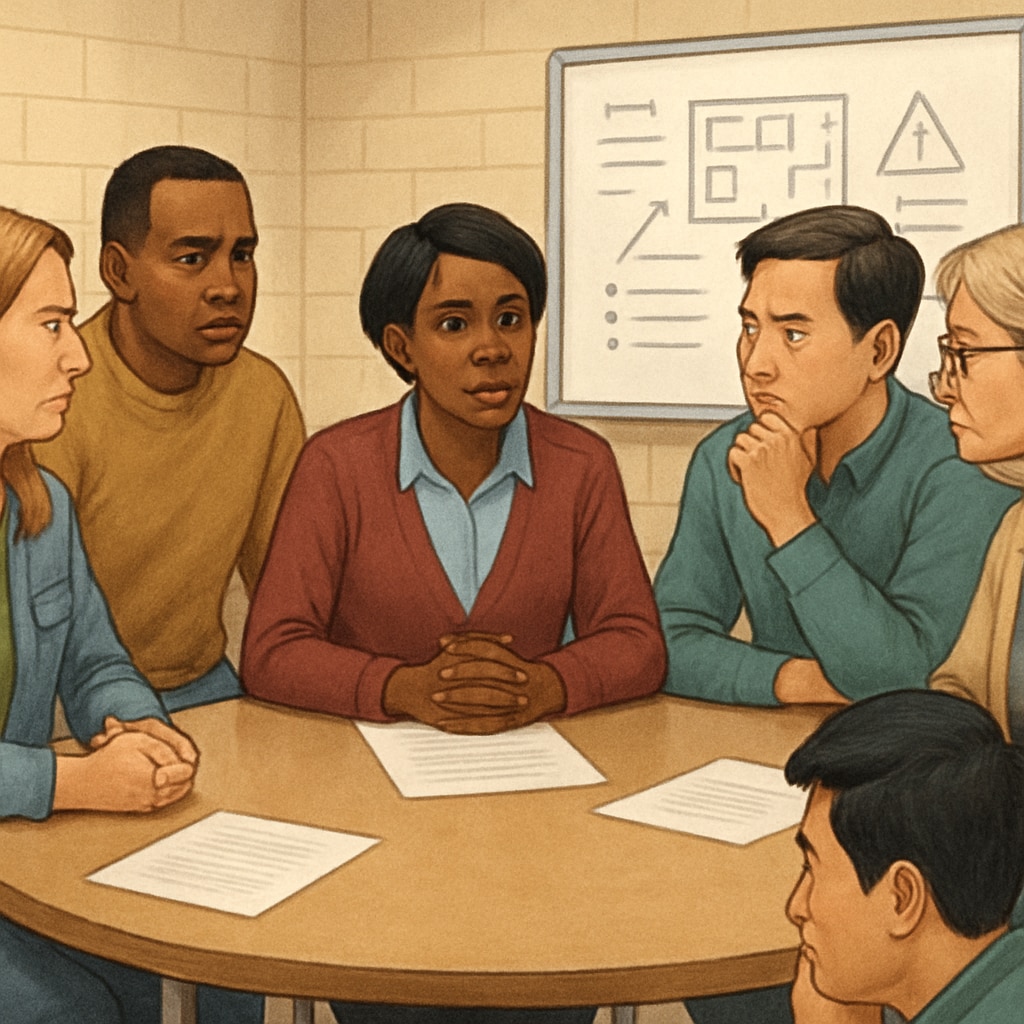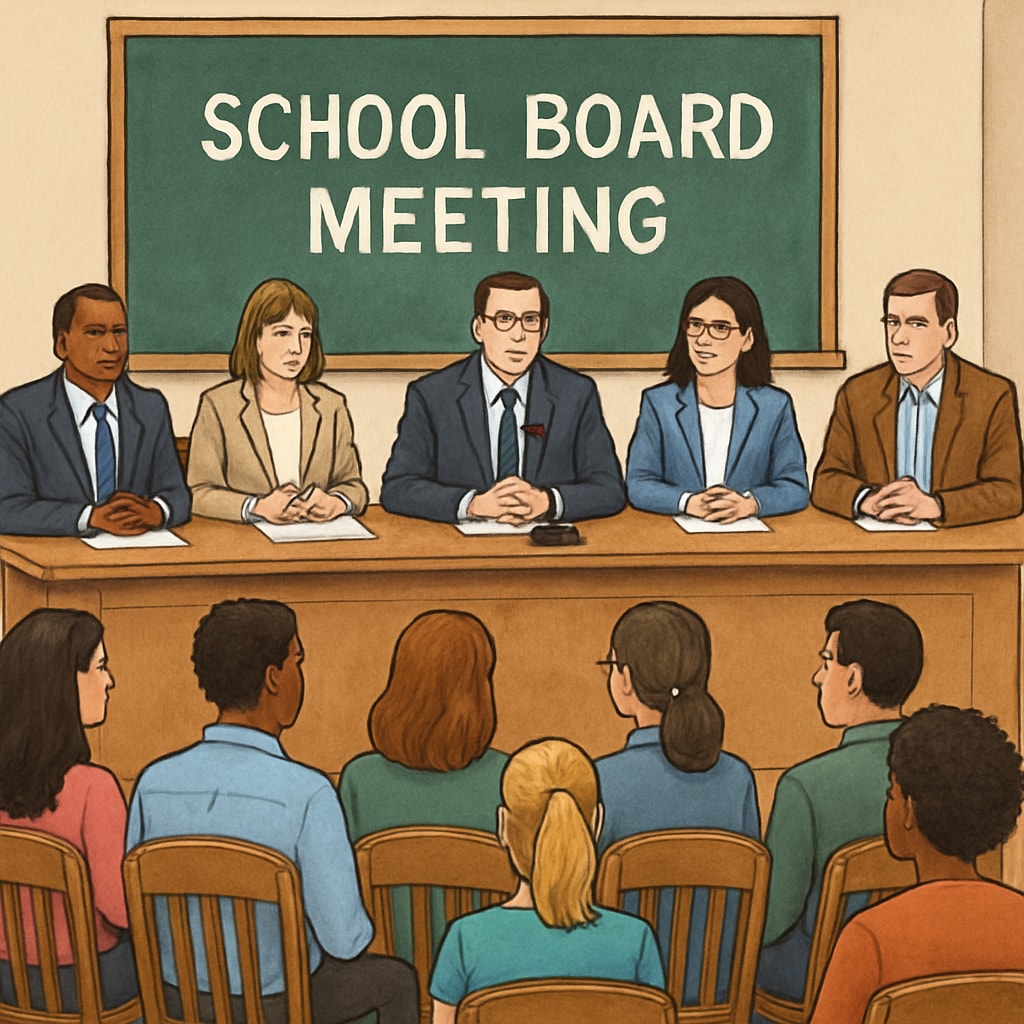When a school board member’s history includes allegations or confirmed instances of child abuse, it poses a significant threat to the safety and well-being of students. The integrity of educational institutions relies on the moral and ethical conduct of their leaders. This raises an urgent question: What can communities do to safeguard their schools and ensure that board members uphold the highest standards of responsibility? In this article, we explore actionable strategies for parents and community members to address such situations effectively, ensuring that the educational system prioritizes student welfare.
Understanding the Impact of an Unfit School Board Member
The presence of a school board member with a history of child abuse can have far-reaching consequences. Such individuals undermine trust in the institution and may pose a direct or indirect threat to students. Their involvement in decision-making processes could also influence policies in ways that fail to prioritize student safety and well-being.
For example, decisions made by these individuals may lack transparency or hinder the implementation of child protection policies. Additionally, their presence might discourage victims of abuse from coming forward, fearing that their concerns will not be taken seriously. Therefore, addressing this issue is not merely about removing an unfit leader; it is about safeguarding the foundational principles of education.

Community Action: A Collective Responsibility
Addressing this sensitive issue requires a united response from the community. Here are several steps that parents and other stakeholders can take:
- Raise Awareness: Educate the community about the board member’s history through town hall meetings, social media campaigns, and local news outlets. Transparency is key to mobilizing support.
- File Formal Complaints: Submit formal petitions or complaints to the appropriate governing bodies, such as the school district or state education board, highlighting the need for immediate action.
- Leverage Legal Channels: Consult legal professionals to explore options for removing the board member if their history violates any laws or codes of conduct.
- Advocate for Policy Reforms: Push for stricter background checks and vetting processes for school board candidates to prevent similar situations in the future.
- Engage the Media: Work with local journalists to shed light on the situation, ensuring that the issue remains in the public eye.
By taking these steps, communities can create a robust framework for addressing the presence of unfit board members while fostering a culture of accountability.
Preventing Future Risks: Proactive Measures
While addressing the immediate issue is critical, communities must also focus on preventing similar situations in the future. Here are some proactive measures that can be implemented:
- Mandatory Background Checks: Ensure that all school board candidates undergo comprehensive background checks to identify any red flags.
- Community Oversight Committees: Establish independent committees comprising parents, educators, and child welfare experts to oversee school board activities and decisions.
- Regular Training: Provide training sessions for board members on child protection, ethical leadership, and legal responsibilities.
- Transparent Elections: Promote transparency in the election process by requiring candidates to disclose their qualifications and any past misconduct.
These measures not only protect students but also restore faith in the educational system, ensuring that schools remain safe spaces for learning and growth.

Conclusion: The Power of Unity
Ensuring that school boards are composed of ethical and responsible individuals is essential for the safety and success of students. When faced with a board member who has a history of child abuse, the community must act decisively. By raising awareness, leveraging legal channels, and advocating for long-term reforms, parents and community members can safeguard their schools and uphold the integrity of the educational system. In the end, it is through unity and collective action that communities can ensure a safe and nurturing environment for every child.
For more information on child safety and ethical governance in education, visit trusted resources such as UNICEF’s Child Protection Page and The U.S. Department of Education.


